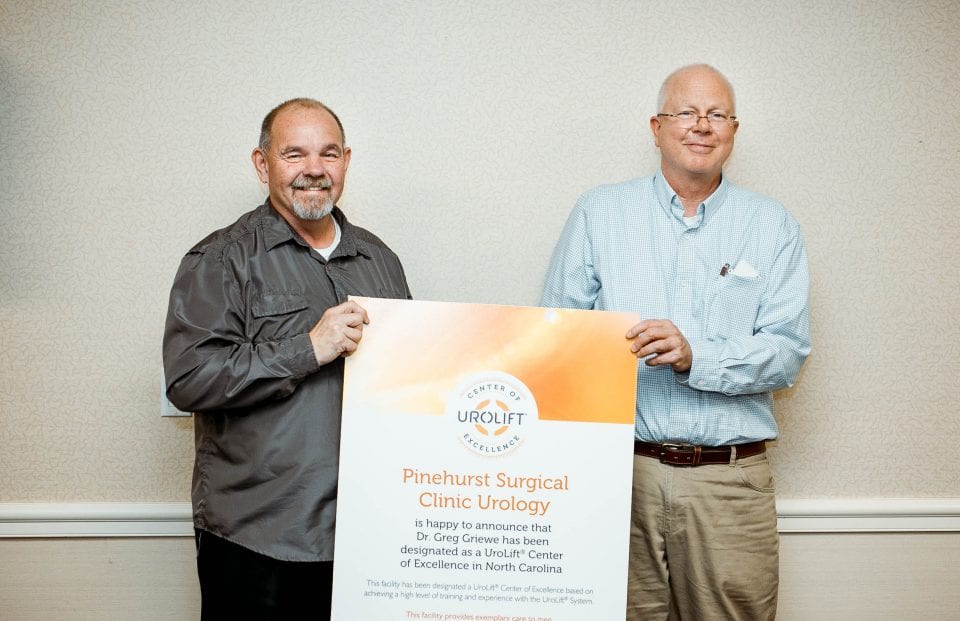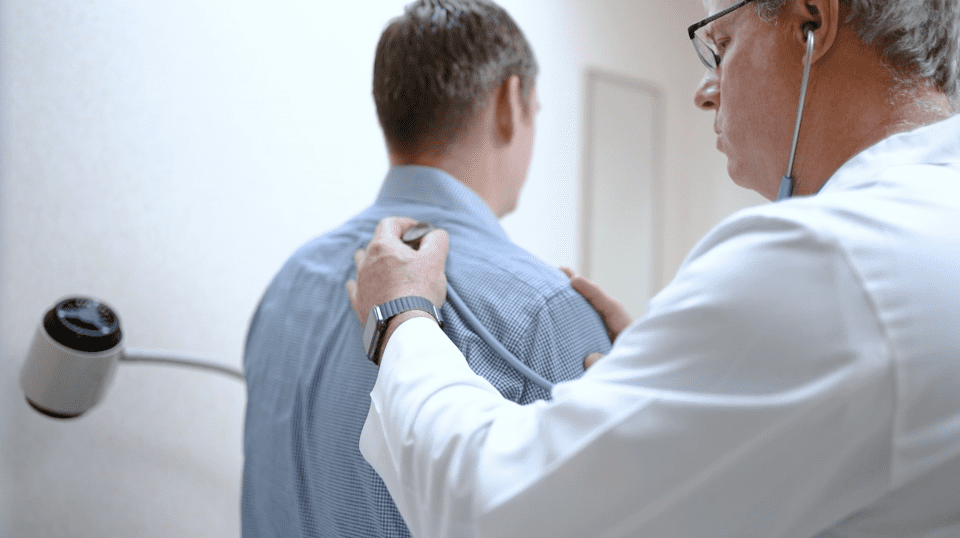UroLift®
The UroLift® System
The UroLift® System treatment offers rapid, lasting relief from BPH. Tiny implants are used to hold open the obstructed pathway that blocks urine flow. Unlike medications, the UroLift System treatment addresses the blockage directly, offering a mechanical solution to a mechanical problem.
Most men living with BPH symptoms take prescription medications after they’re diagnosed, although these often don’t provide adequate relief and may cause dizziness, fatigue, and sexual dysfunction.
The UroLift System is a treatment option for men looking for relief from BPH symptoms. It does not require ongoing medication, heating, cutting or removal of prostate tissue, and the UroLift System treatment typically takes less than one hour.
UroLift® System Treatment
The UroLift® System is a proven option for patients looking for an alternative to drugs or major surgery. The straightforward UroLift System treatment is often performed in the doctor’s office using tiny implants to hold open the obstructed pathway that’s blocking urine flow, addressing the blockage, not just continuously treating enlarged prostate (BPH) symptoms.
It is the only BPH treatment that does not require ongoing medication, heating, cutting or removal of the prostate tissue. The UroLift System offers a proven treatment with minimal risk of side effects while preserving sexual function5. The goal of the UroLift System treatment is to relieve symptoms so you can get back to your life and resume your daily activities
Benefits of the UroLift System include
- Does not cause new onset, sustained erectile or ejaculatory dysfunction
- Minimally invasive
- Minimal downtime
- Durable results
- Rapid symptom relief and recovery
- Significant improvement in quality of life
As with any medical procedure, individual results may vary. Speak with your urologist to see if the UroLift System treatment is right for you. Most common side effects are mild to moderate and include pain or burning with urination, blood in the urine, pelvic pain, urgent need to urinate and/or the inability to control the urge. Most of these side effects resolve within two to four weeks after the procedure.

Other Treatment Options for BPH
A wide variety of treatments are available for men with BPH, including medication, minimally invasive therapies, and surgery. You and your doctor will consider several factors when you evaluate these choices.
Urologic Signs & Symptoms
Our board-certified urologists provide treatment and management for a wide variety of urological conditions for patients in Pinehurst, Fayetteville, Laurinburg, Sanford, and across Central North Carolina.
Schedule An Appointment
Make an appointment with one of our urologic surgery specialists today.
Our Urologic Surgeons
Our board-certified Urologists of Pinehurst Surgical Clinic are ready to step in and provide world class medical care for all surgical needs.




